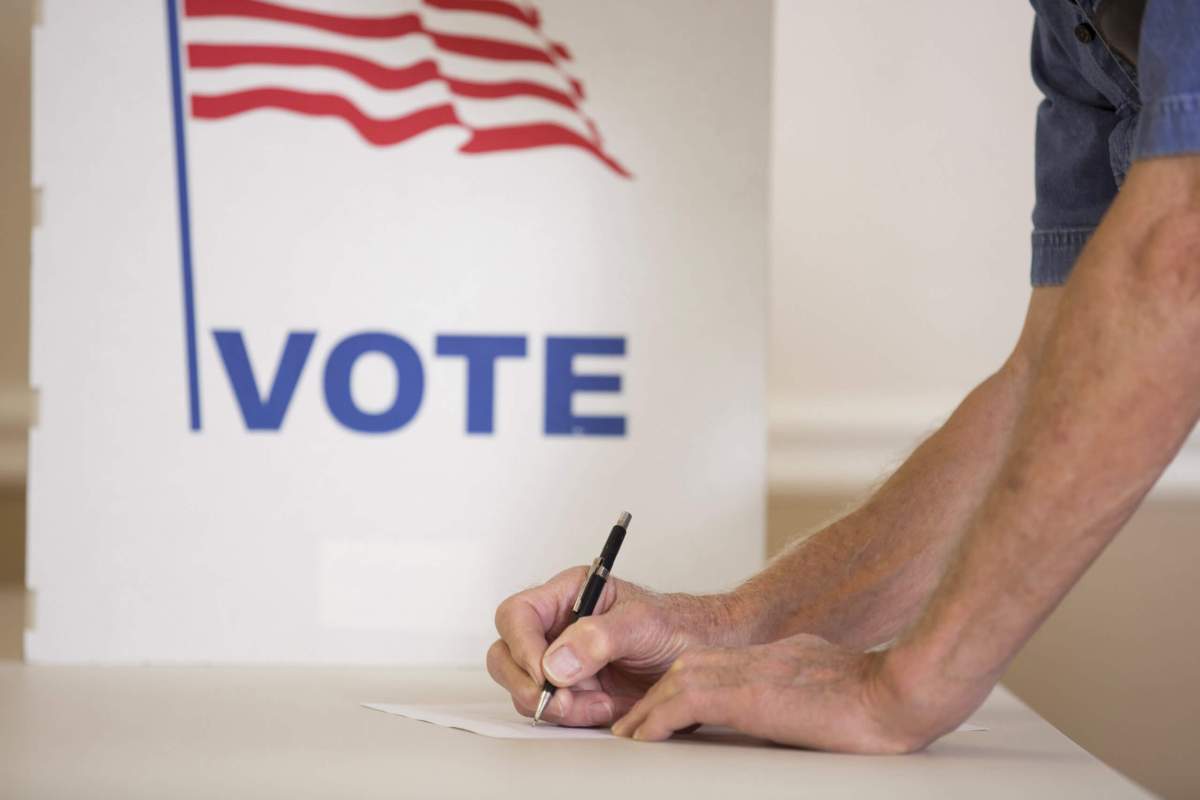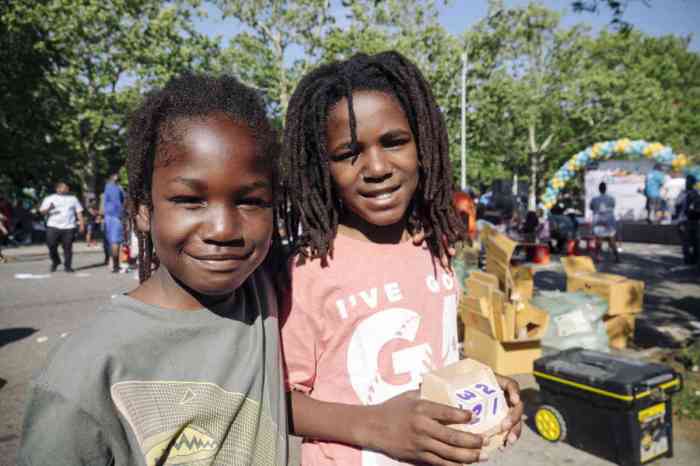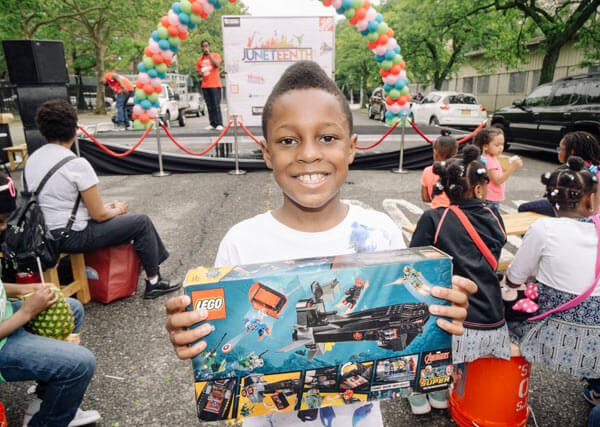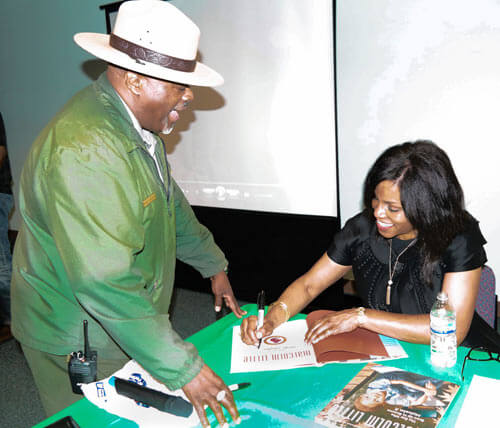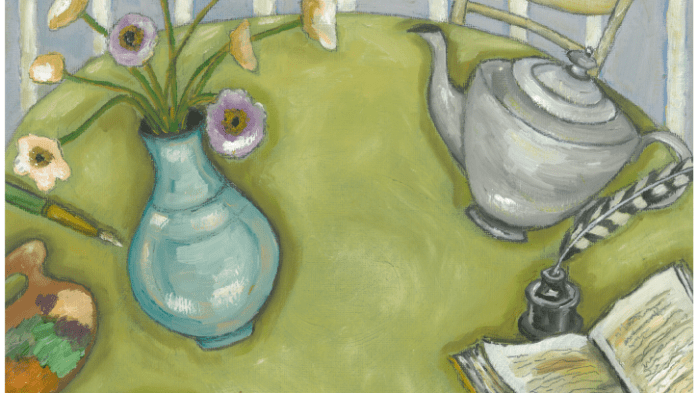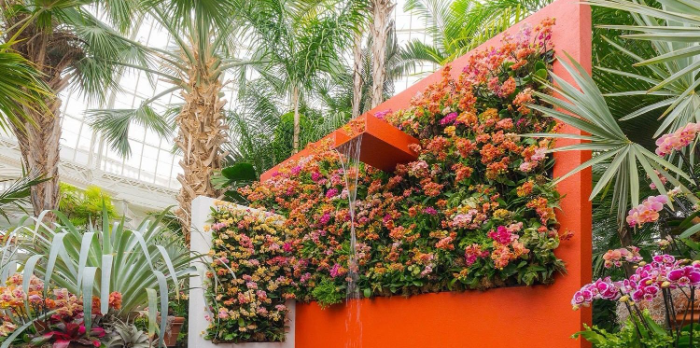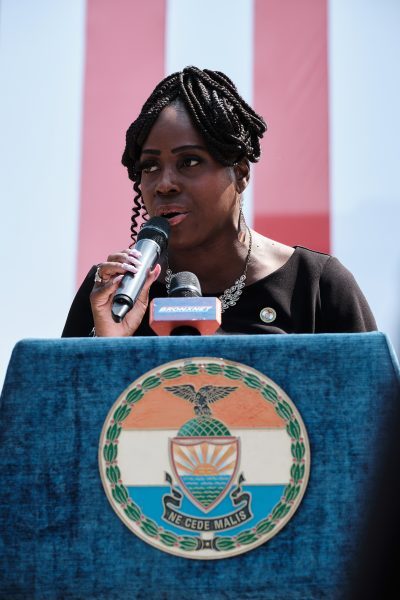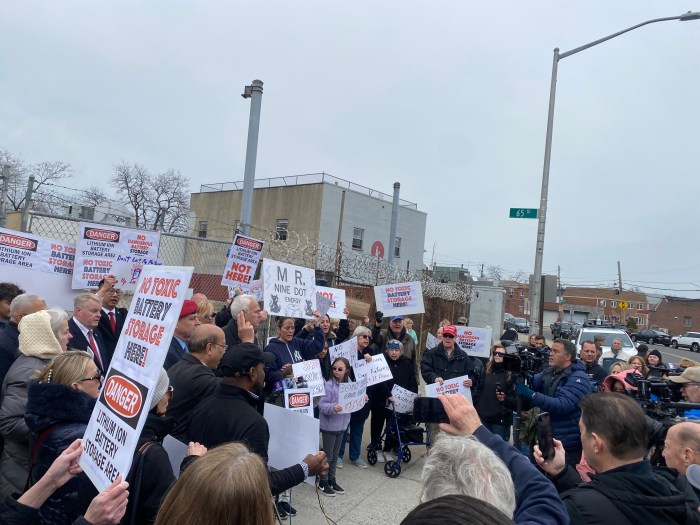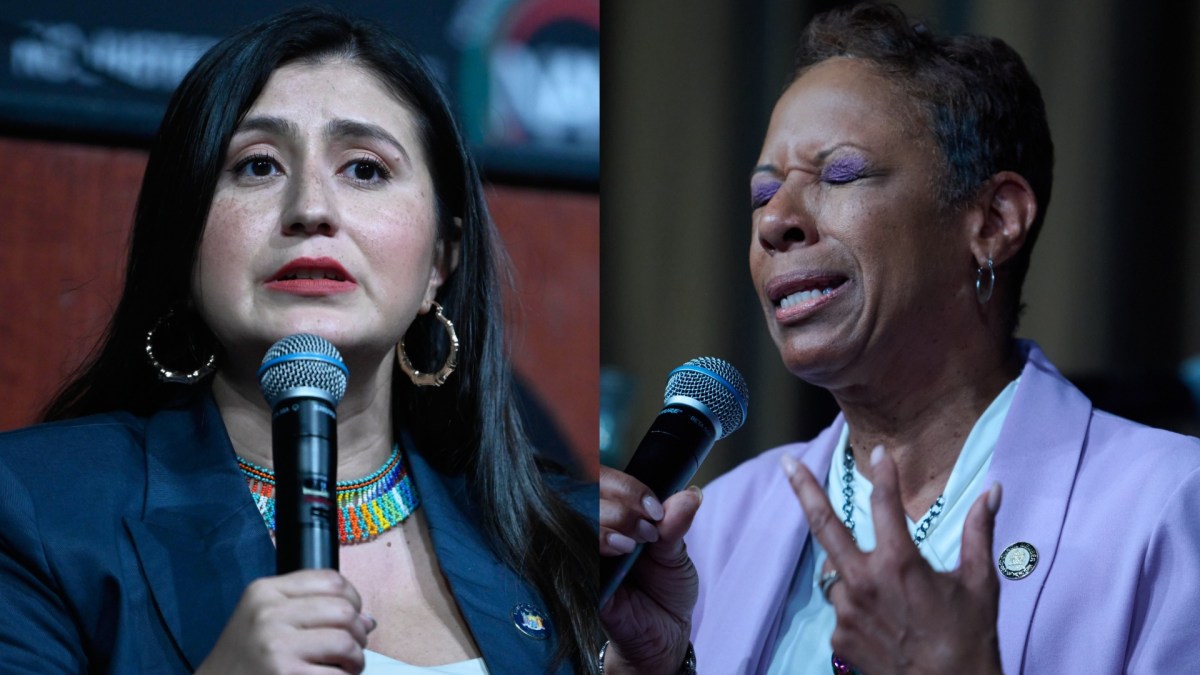On the third weekend of the month, New Yorkers were conflicted in deciding whether or not to focus on family, honor Black history or getting a head start in voting for the next governor and lieutenant of the state.
Annually dedicated to honoring fathers, in addition to Father’s Day, this year the two-day period of commemorations, collided with Juneteenth and early voting to complicate the process of advanced primary electoral polling.
According to the Board of Elections, voting early is supposed to be “convenient, fast and flexible.”
On day one, when the polls closed on Saturday 10,035 had voted.
Manhattan topped the numbers with 3,400 voters, The Bronx – 1,364, Brooklyn – 2,578, Queens – 2,122 and Staten Island — 571.
The following day, Fathers’ Day, there was a spike unofficially doubling the numbers in some election districts.
Manhattan recorded 6,068, The Bronx – 2,185, Brooklyn – 4,574, Queens – 3,563 and Staten Island – 1,003.
The second day total of 17,393 proved an alluring option to a majority of the electorate who added to the figures already submitted through absentee ballots.
Cool temperatures and a combination of distractions might have contributed to low participation in the nine-day experimental election process which ends on June 26 before the June 28 date when the primary elections are held.
According to poll watchers not only were crowds sparse but in most election districts the choices were few with only candidates for governor and lieutenant governor, and delegates to the judicial convention to consider.
In some election districts in Brooklyn, judge of the civil court and member of the state committee are being decided.
Throughout the weekend, polls opened at 9 a.m. closed at 5 p.m. and on the Monday Juneteenth holiday early voters were able to cast votes between the same time-frame.
In North Brooklyn, Kahlil Goodwyn voted Sunday at 4:30 p.m.
The Brooklyn native said half-an-hour before closing he was the 24th person to vote in his ED.
Vanessa Womble, a captain there said on the first day of early voting, fewer voters showed up.
Yolande Leger, who poll watched in Harlem said a similar pattern prevailed in the Manhattan village. She explained that while turnout usually improves closer to the deadline date primary elections are held, expectations are usually low for voters to turn out in large numbers during the first days of early voting.
Civic-minded New Yorkers, she added, often delay voting during the elimination period opting to wait until November when the top party leaders face off.
“Primaries are usually slow,” Leger admitted. “only during the general elections do we expect droves of voters forming lines to wait to vote.”
Some Democrats contend that Gov. Kathy Hochul will keep the job she inherited last August when former Gov. Andrew Cuomo vacated his seat after he was accused of scandals involving sexual harassment and misdirection of Covid-19 funds.
Hochul who served as lieutenant under Gov. Cuomo stepped into the statehouse to replace him and is now seeking a full term in the leadership role.
Rival candidates Cong. Tom Suozzi and Public Advocate Jumaane Williams are seeking to unseat the first female leader of the state.
The winner will face the choice Republican selected from a field of four hopeful candidates who have debated, cajoled and convinced supporters they would better govern the state over any Democrat.
The GOP candidates include Cong. Zeldin, former Westchester County Executive, Rob Astorino, businessman Harry Wilson and former Mayor Rudy Giuliani’s son Andrew.
Democrats Antonio Delgado, Diana Reyna and Ana Maria Archila are vying for secondary leadership as lieutenant.
Other reasons attributed to initial sparse turnout blames apathy, recession, inflation and a myriad of issues related to the state of the state.
Last year’s mayoral elections recorded the lowest percentage of voter turnout in modern times. During the November 2 elections, Eric Adams, the former Brooklyn Borough President championed a whopping 66 percent of the citywide votes. Adams scored highest in Manhattan tallying 79 percent of the borough’s totals. Brooklyn and the Bronx upped his totals too. And in Queens he claimed 59 percent over his Republican challenger.
Staten Island led the other boroughs registering the largest turnout.
A second primary will be held Aug. 23 to decide contenders for state and US House races.
Catch You On The Inside!


